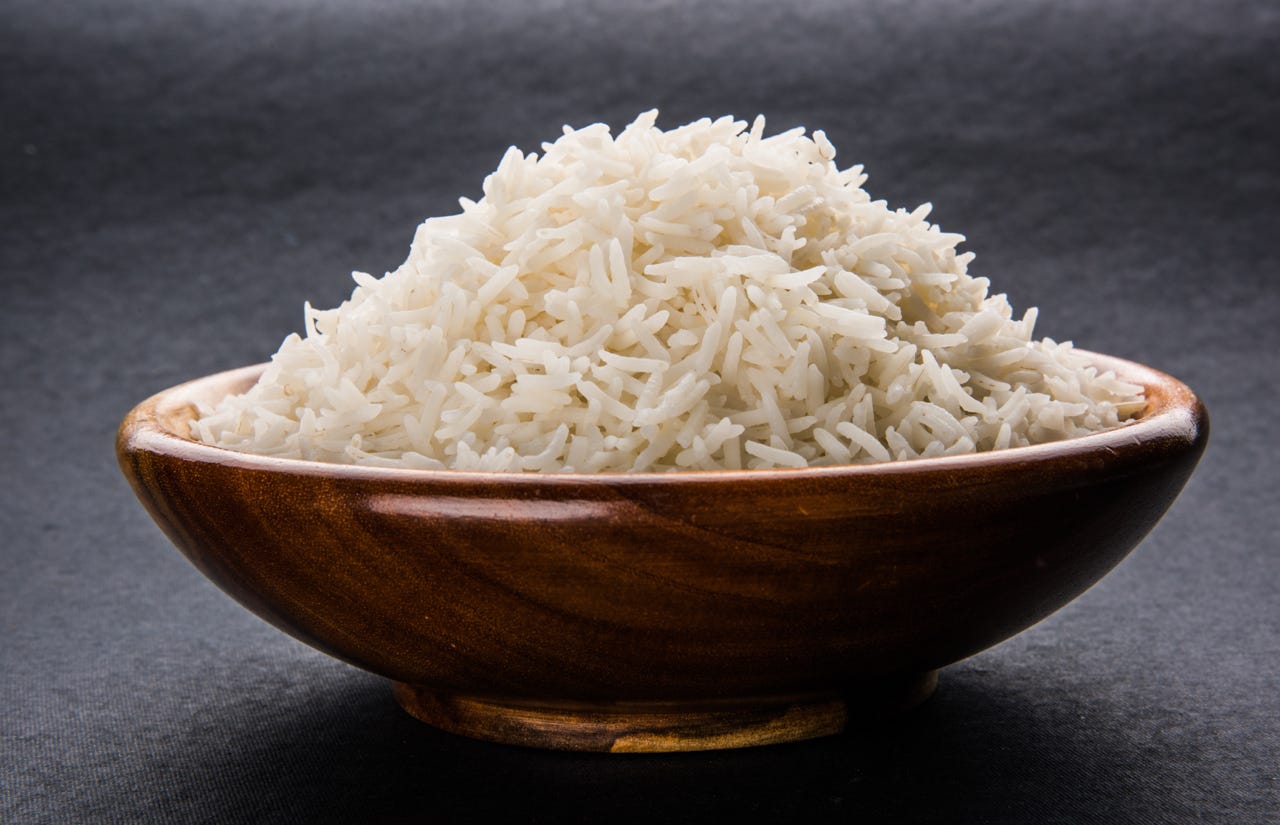Judging by conversations I’ve had with my friends loads of you struggle with cooking rice. It’s largely, I suspect, because we were all brought up on the so called ‘absorption method’ where you cook the rice in twice the amount of water which it rarely absorbs fully and ends up leaden and soggy.
Some years ago I was enlightened by cookery writer Roz Denn…




